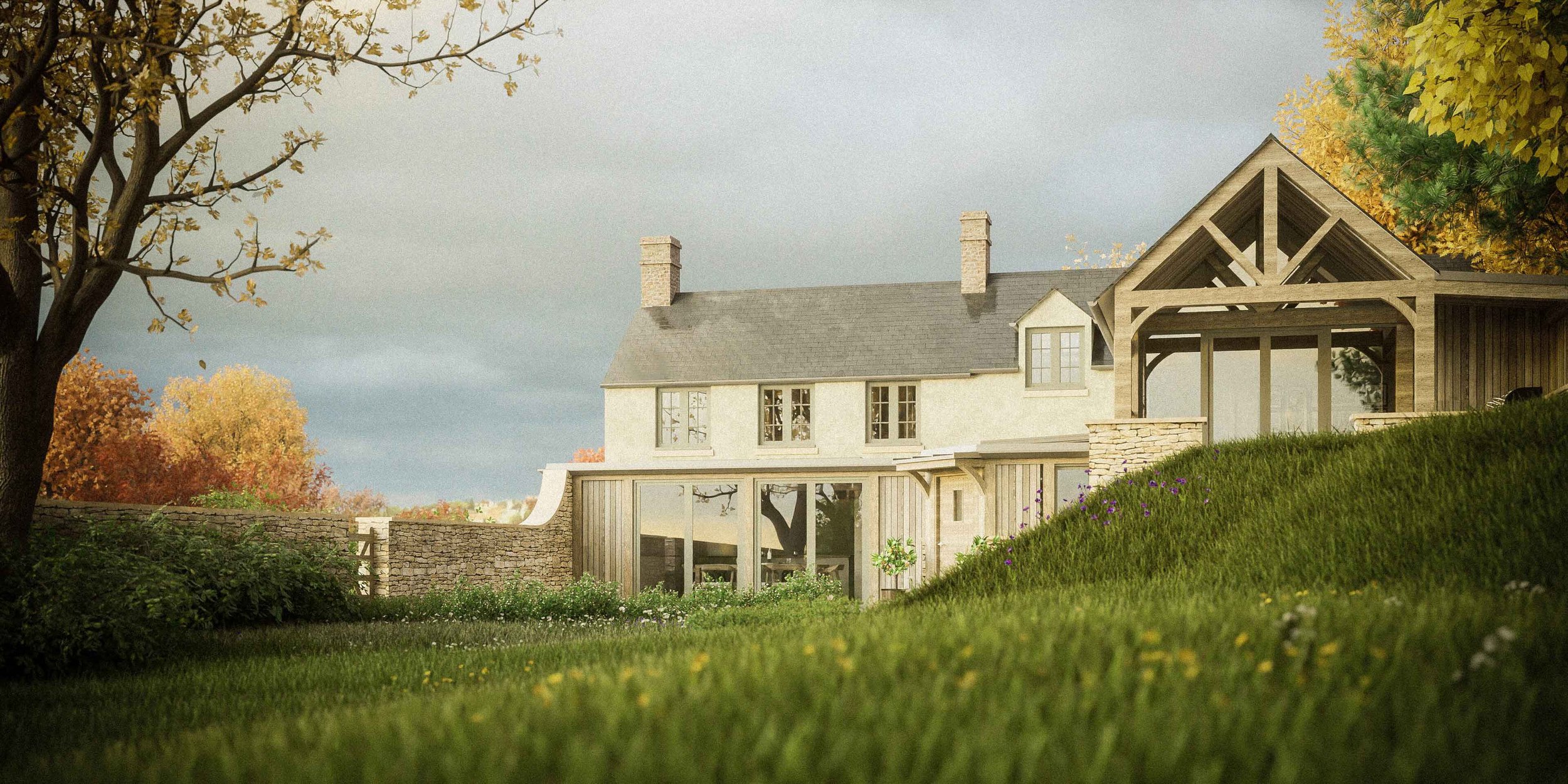
Creative & Sustainable Design for Residential Projects
Joshua Hovey is a RIBA Chartered Architect & Certified Passivhaus Designer, serving Berkshire and Surrounding Areas
Sustainable & Innovative
New-Build
We help self-builders looking to design their dream eco-home, and land owners looking to maximise the potential of their plot. We have a proven track record of securing planning permission within challenging design constraints such as conservation areas, national parks, AONBs and near listed buildings.
Contemporary Extensions
We design beautiful contemporary extensions. Transform your living space by adding natural light, improving the connection with the outdoors and creating harmony between spaces.
Listed and Heritage Property Alterations
Do you have a listed building or period Berkshire property which lacks natural light, feels disconnected from the outside and has poor flow between living spaces? We are experts at turning period properties into functional homes, customised for modern living.
Sensitively Designed Barn Conversions
We are architects skilled at working with listed buildings such as barn conversions, in conservation areas and AONBs and with complex design constraints. Let us help you to make the best use of your existing building.
Berkshire Architects | Joshua Hovey Architects
Key Design Considerations When Planning a Project in the Berkshire Area
Understanding Local Context and Regulations
As architects in Berkshire, it's crucial to understand the local context and regulations when planning a project. Berkshire is a unique blend of historical landmarks and modern developments, requiring a thoughtful approach to design. We need to navigate local planning laws, conservation areas, and listed building regulations to ensure our designs comply and respect the region's heritage. Being familiar with the specific guidelines of the Berkshire council can make the approval process smoother, saving time and reducing stress for everyone involved.
Embracing Sustainable Design Practices
Sustainability is at the heart of what we do as Berkshire architects. With the county's strong commitment to environmental responsibility, our projects must prioritize energy efficiency and use sustainable materials. Whether it's a contemporary extension or a new-build home, features like solar panels, rainwater harvesting systems, and green roofs are essential. We also focus on the long-term sustainability of our designs, ensuring they remain functional and efficient for years to come, benefiting both our clients and the environment.
Integrating with the Natural Landscape
Berkshire’s beautiful landscape, from rolling hills to lush woodlands, offers unique opportunities and challenges for our projects. As architects, we strive to create designs that blend seamlessly with these natural surroundings. This might mean positioning buildings to maximize natural light, incorporating native plants into landscaping, or designing structures that complement rather than overpower the scenery. Understanding the local topography and ecosystem helps us create harmonious and visually pleasing designs that enhance the natural beauty of Berkshire.
Respecting Architectural Heritage
Berkshire is rich in architectural heritage, home to many historic buildings and landmarks. As architects working in this area, it's essential to design with sensitivity to this heritage. This could involve restoring and repurposing old buildings or ensuring new designs complement the existing architectural styles. By respecting the historical context, we not only preserve the region's cultural legacy but also enhance the visual harmony of the built environment, creating spaces that are both beautiful and meaningful.









